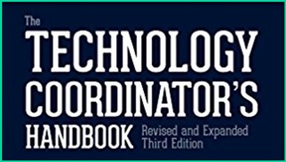
The introduction to the book does a nice job capturing the vagueness of the role of technology leader or technology coordinator, explaining that, “despite the fact that the number of technology coordinators has increased dramatically, there is often little consistency in titles and responsibilities among the positions” (p. 2). Given the dramatic differences in role responsibilities across K-12 schools and districts, the book successfully manages to speak across those differences to provide a resource that I believe would be beneficial regardless of how the technology coordinator role is defined.
The book also offers profiles of 10 different Tech Leaders throughout the 6 chapters, and these voices from the field offer additional authenticity to the book’s discussions and arguments. Plus, as a native Kansan myself, I was happy to see that Frazier (whose background is in Kansas schools) decided to capture these profiles from across my home state.
Each chapter also begins with an essential questions list, which I found particularly helpful, especially since I will be using portions of this book during the K-12 Technology Leadership course I teach to preservice teachers. These essential questions represent the big ideas that are covered in each chapter, and each chapter also closes with a summary answer for each question as well.
Chapter one offers a breakdown of the qualifications and expectations surrounding the role of technology coordinator, and begins by discussing the major responsibilities and general description of the technology coordinator's role, which the authors compiled from a variety of tech coordinator job postings from across the US. The chapter also discusses the logistics of hiring a technology coordinator, which I think would be beneficial for any school or district who is on the lookout for someone to fill this position, as well as for individuals who are considering interviewing for a tech coordinator position so they can get some idea of what that process might look like.
Chapter two centers around my personal area of research and work, which is how the technology coordinator role relates to teaching and learning with technology. One of the best things about this book, in my opinion, is that there is a large focus on teaching and learning being of central importance to the tech coordinator role, rather than just focusing on the technology management side, which can often be the case when talking or writing about tech coordinators.
The chapter discusses a variety of different instructional delivery modes, from direct instruction, to flipped and blended learning environments, to entirely online environments. There is also a discussion around different learning theories, which can sometimes be unfamiliar territory if a tech coordinator has come from a technical background as opposed to an education background, so I was very happy to see this included as well.
The chapter digs into planning, implementing, and assessing professional development as well, and my only critique here is that I wish there was a little more exploration of research-based best-practices for effective professional development. The authors do discuss Learning Forward’s Standards for Professional Learning, but there is so much great literature on effective technology professional development (e.g., Lawless & Pellegrino, 2007), that I think it would have been beneficial to expand this discussion a page or two and really dig into what effective professional development looks like in action, while providing an example or two as well.
Chapter two also focuses on the importance of digital citizenship, and how tech coordinators should keep the various ISTE standards at the core of their work in terms of using technology for teaching and learning. Overall, I think this chapter does a wonderful job describing how the role of tech coordinator connects to teaching and learning, I just wish the section on professional development went a little more in depth.
Chapter three moves on to discussing how technology coordinators can support teaching and learning through various processes and systems that schools and districts should have in place. Topics like ticketing systems, data backup and recovery, and technology life cycle management are all discussed. As a former technology integration specialist, I found this chapter incredibly helpful in the amount of detail it covered, but also in how friendly and approachable it was. Oftentimes understanding these processes and systems can be a difficult or overwhelming task, and the authors have done a nice job conveying this information in a simple, but still thorough manner. I was also happy to see discussions around FERPA, PPRA, and CIPA in this chapter (and throughout the book), as these are essential topics that technology coordinators must absolutely be aware of.
Chapter four digs into network operations, and covers topics like LANs, WANs, Wifi, VOIP, and all the other network essentials a technology coordinator might need to consider. Like the previous chapter, the authors do an excellent job conveying this information in a way that readers without a highly technical background will still be able to follow and understand. The glossary at the back of the book might be handy for this chapter as well, as they offer simple definitions of the various terms they use.
Chapter five moves to the administrative side of computing, looking at how schools handle grades, course enrollment, HR, student information systems (SISs), and so on. I was particularly happy to see a discussion around data driven decision making in this chapter, given how important is has become to make instructional and technology-related decisions based on as much information as possible.
Finally, chapter six takes a look at planning and budgeting, while discussing how a school might develop and implement a technology plan. Two topics in this chapter that I believe are excellent inclusions were evaluation and grants. Oftentimes (from my own experience and research at least), evaluation is an overlooked component of technology initiatives. Once schools roll-out new initiatives, it can be easy to start looking ahead to the next thing, rather than focusing on evaluating the efficacy of the current initiative. That’s why I was happy to see a thorough discussion on the importance and practicalities of technology assessment. Additionally, securing funding through grants is an important part of a technology coordinator’s role, particularly in less affluent schools where funding is limited. The discussion on grants offered a variety of practical steps for how schools can go about seeking additional technology funding.
Aside from my point above about professional development, I have only two minor critiques. First, there is no discussion around software solutions like GoGuardian or Impero Education Pro, which are designed to help with classroom management and monitoring student activity. These software solutions offer incredibly important features for teachers and administrators working in 1:1 or BYOD environments, and I think a page or two describing tools like these would have been both relevant and beneficial.
Second, while there is a discussion around change management, the book does not go into depth about why some teachers may be reluctant towards integrating new technology in their classrooms. As anyone who has been a teacher is likely aware, there is typically a never-ending collection of new initiatives and school improvement plans that teachers have to work with. Many times, these new initiatives ask teachers to change their practices, follow new policies, and make significant revisions to how they’re teaching. Not that change is a bad thing, I’m just arguing that a little more explanation towards the teacher side could have been considered, as could consideration towards why teachers might be reluctant, and how to better navigate those issues.
Otherwise, I found the Technology Coordinator’s Handbook to be an extremely comprehensive, informative, well-written, accessible, and enjoyable read. For current or future technology leaders of all types, this book is an excellent place to begin and offers great insights into what technology leadership looks like in K-12 schools. I absolutely recommend this book for anyone interested in the role.

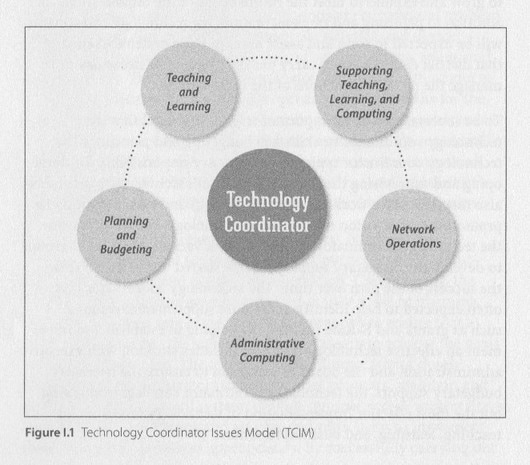
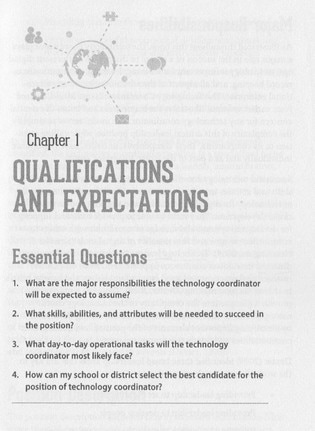
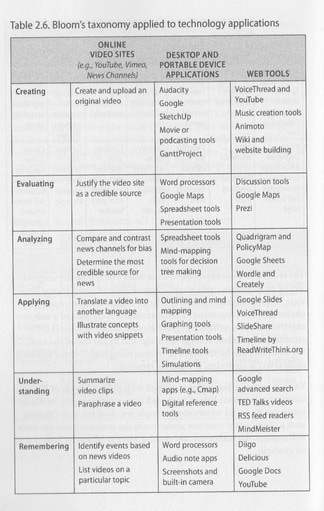


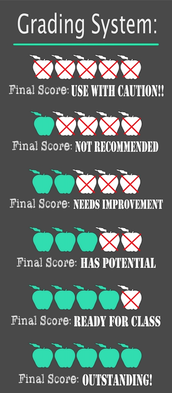



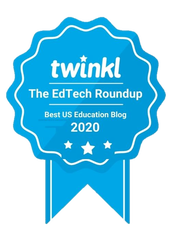
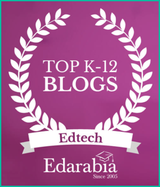
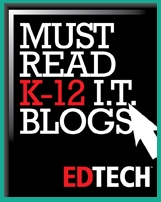
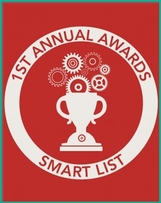
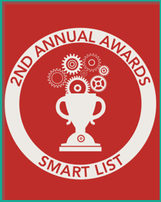
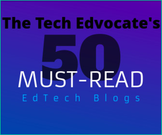
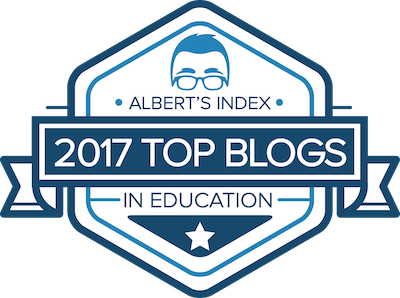
 RSS Feed
RSS Feed
